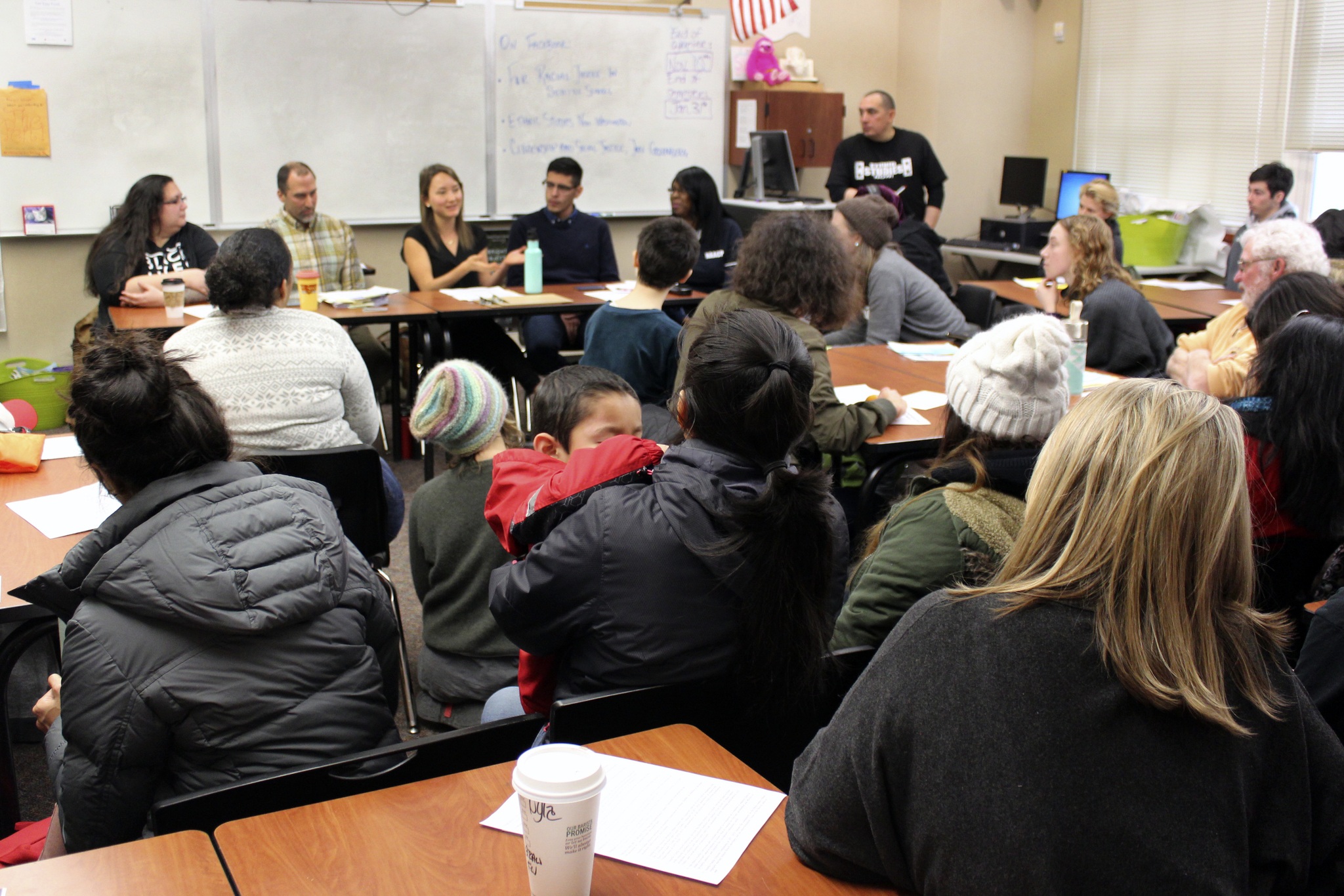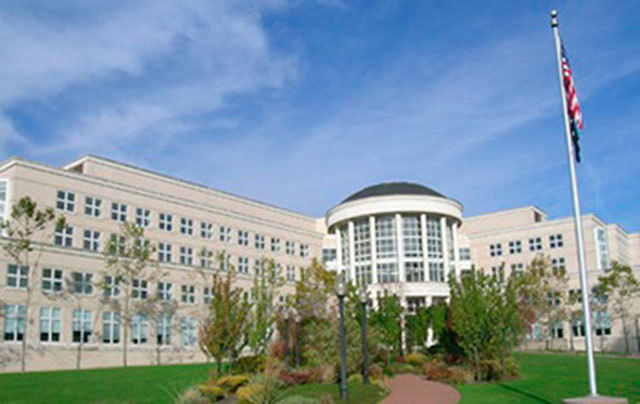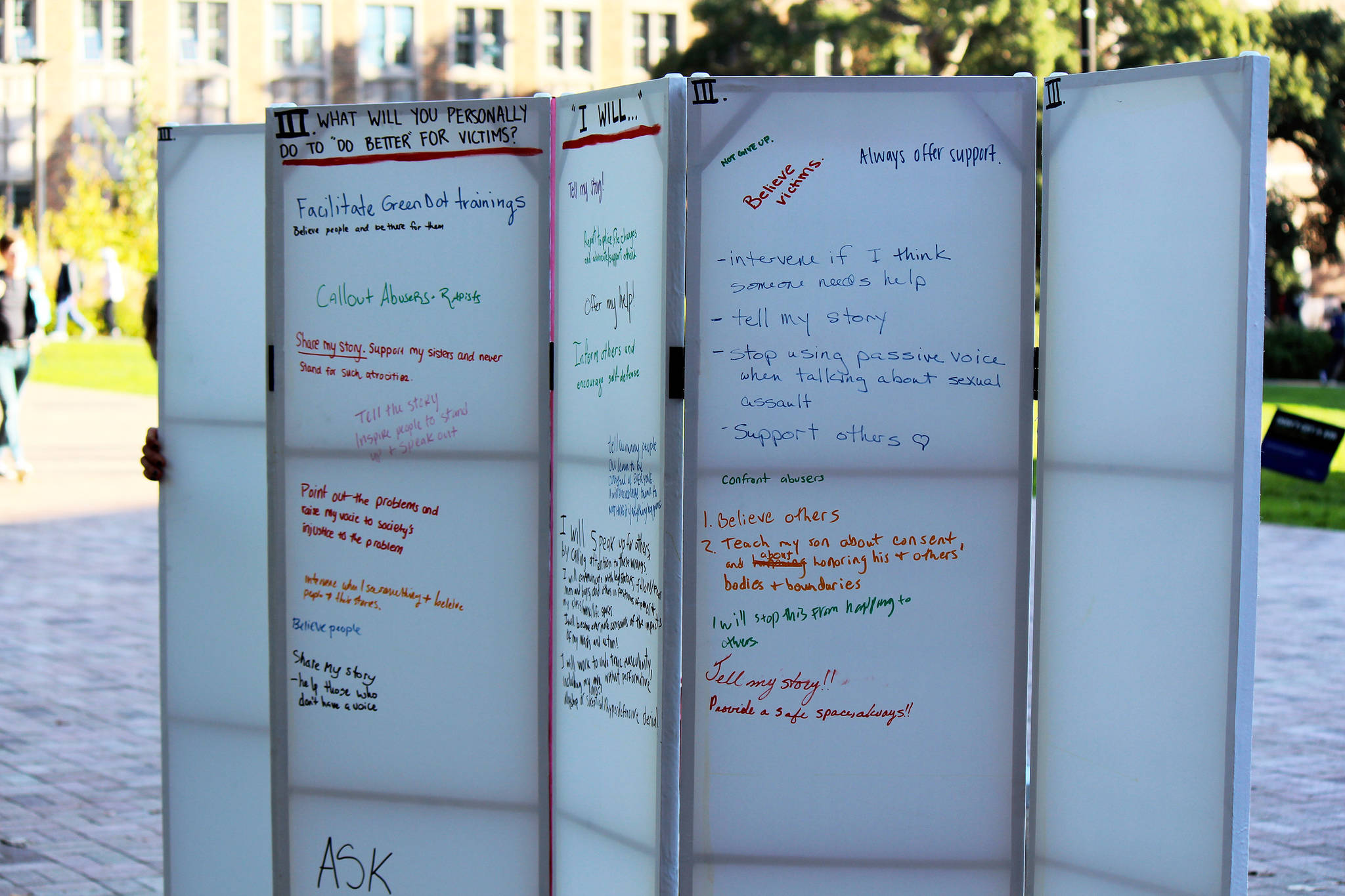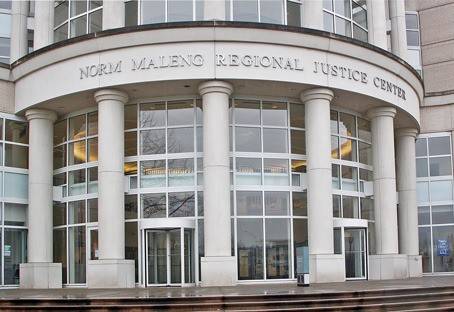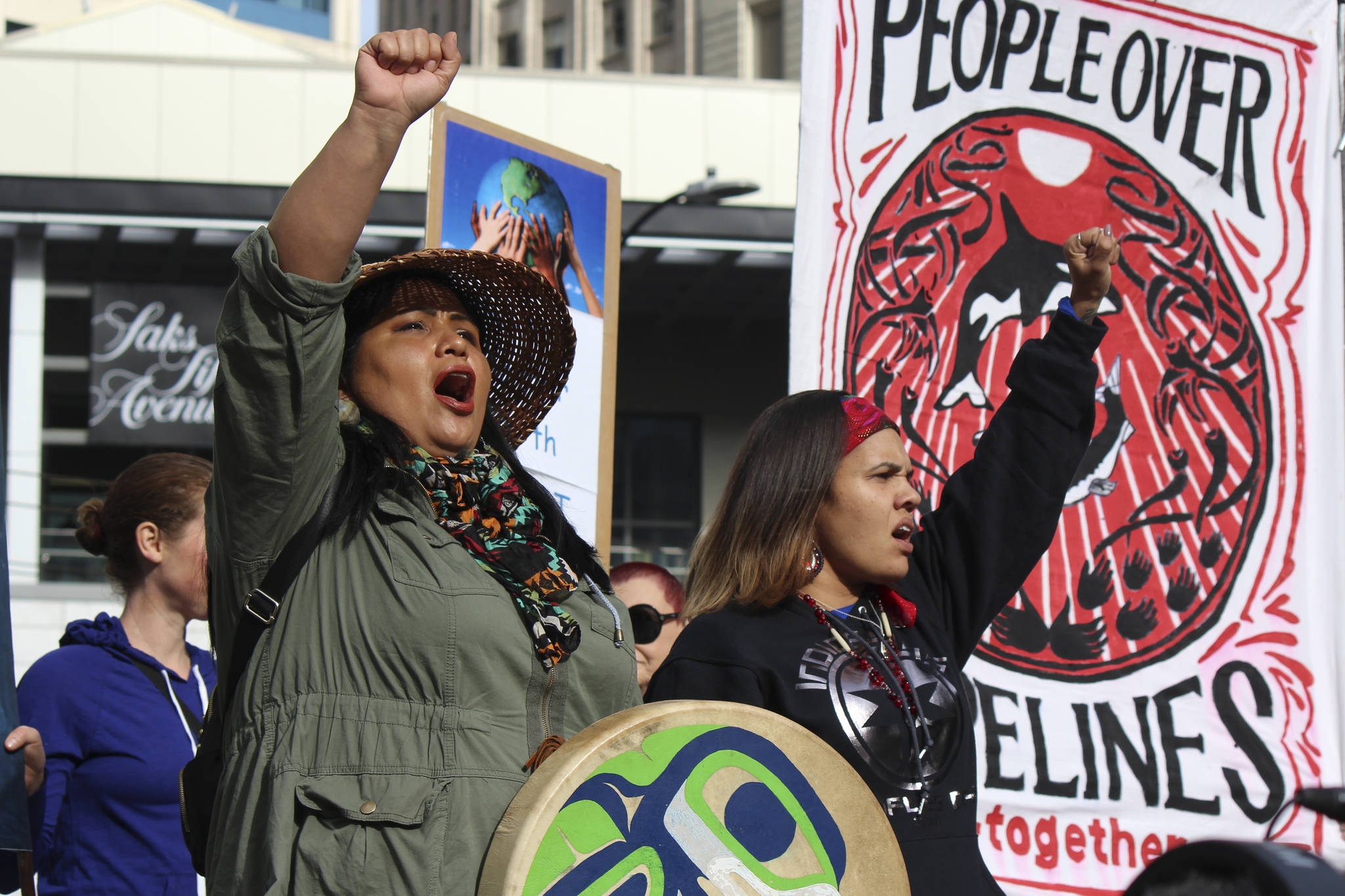On the morning of Martin Luther King, Jr. Day — the 35th year the MLK Seattle Celebration Committee has organized workshops, rallies, and an annual march that draws thousands — the Seattle/King County NAACP announced a resolution that supporters hope will become a requirement at every public school in Seattle by the 2019-2020 academic year: A mandatory ethnic studies curriculum.
But “ethnic studies,” as a panel of educators and advocates explained to a packed classroom at Garfield High School Monday morning, doesn’t mean adding an extra class on, say, Chicano literature or the Black Panthers. Rather, the resolution aims to tackle the very concept of race, the ongoing realities of institutionalized racism, and some of the most insidious forms of white supremacy, by integrating nonwhite cultures and perspectives into every class.
It would be a “complete reshaping of the curriculum, how we’re teaching every subject,” explained Tess Williams, a Seattle University graduate student who’s studied these ideas extensively, and one of the day’s panelists. “That’s a hard thing to do.” But it is, as she and other backers of the effort insist, part of what’s necessary if we’re ever to live in a racially equitable world — and if the achievement and opportunity gaps between white students and students of color can ever be eliminated. As the text of the NAACP resolution points out, research shows that an ethnic studies curriculum increases both attendance and achievement for marginalized students.
Tracy Gill, who teaches sixth-grade social studies at Denny International Middle School and was a panelist Monday, says she has already been teaching her class this way, using an “ethnic studies lens.” She teaches ancient world history, and says she tells her students, most of whom are students of color, that they will not be talking about white contributions in her class. She focuses on teaching nonwhite perspectives, and on showing her students the ways in which the structures of power can contribute to how they see themselves. “I’ve seen so many of my students blossom,” she says, “when they understand that we’re talking about them and their past and their contributions… it empowers them. It’s awesome.”
To Gill, “ethnic studies is reversing [the idea of] white as the default race.”
The Seattle/King County NAACP is leading this particular effort, which it hopes to bring to other districts — and to the state — within a few years. But it already has the support of teachers, community members, and at least some staffers at Seattle Public Schools. SPS Race & Equity Relations Coordinator Abraham Rodriguez-Hernandez, brought on a year ago to help facilitate this kind of work in the district, says making an ethnic studies curriculum mandatory was one of the recommendations that the Equity and Race Advisory Committee made to the district a year ago. But since there are only so many things SPS can do at once, nothing much happened. Encouraging outside groups like the NAACP to get involved is one way to “help make this a normalized conversation,” he says.
Rodriguez-Hernandez, who came to the U.S. as an undocumented immigrant when he was 14, and credits studying these issues “as the foundation of my life,” is frank about the persistent gap between what SPS says about racial equity and what it does.
Things are beginning to change, though. Through his role at SPS, he says he often explores “the distinction between valuing racial equity, and having it be the foundation of your practices… For me, that’s a very exciting space to be engaged in.”
The data on racial disparities in Seattle schools deserves emphasis, especially with regard to African American students. Hernandez-Rodriguez points out that in September 2014, a full one-third of English-speaking, African American male students had been placed in special education, and nearly half of all suspensions and expulsions in the district were given to African American children. The white-black achievement gap, when it comes to test scores, is the largest in the state, and among the largest in the country (although there are reasons, some argue, that standardized tests tend to yield these kinds of results).
“My definition of ‘special education’ in Seattle Public Schools,” said NAACP education chair Rita Green on Monday, “is ‘black and brown students a teacher is intimidated by.’” Her son was placed in special education when he definitely shouldn’t have been, she said.
And yet, as a whole, the way that many people (including young people) interpret the word “racism” is still couched in the fallacy that all racism is in the past. “One of my biggest pet peeves,” says Gill, is when the “sixth graders come in saying, ‘Martin Luther King cured racism’” or “‘back in the day, when racism existed.’”
Echoing many of the discussions and ideas presented at the Tyree Scott Freedom School, a biannual antiracist workshop for young people in Seattle, “Race is an idea, not a fact,” Rodriguez-Hernandez told the room. But “although race is not real,” he said, “racism is.”
Gill says that she’s personally received plenty of pushback from white parents who have seen her practices as “teaching hate in the classroom.” If a critical examination of race and racism was mandatory, she says, it would give Seattle teachers the space to defend those efforts.
Jon Greenberg, a high school teacher, writer, and member of Social Equality Educators (SEE), a group within the Seattle Education Association that promotes culturally relevant pedagogy, among other things (SEE helped organize a Black Students’ Lives Matter day last October), emphasized, like Gill, the impact that this kind of curriculum could have on all students — both white students and students of color. “What is the function of public education? Is it to replicate the status quo?” he asked the room. “Or is it to transform the status quo? Public education, if you want to call it ‘the leveler’… it’s got to start doing that.”
He also pointed out, as was detailed in the text of the NAACP resolution, that Seattle would not be the first school district to mandate this kind of thing. Portland just did it. The state of California did, too. One of the Los Angeles Unified School District’s stated learning targets is for students to be able to “analyze the concept of white supremacy, including institutional racism, racial hierarchy, and oppression.”
Of course, no one in the room Monday was trying to argue that altering the district’s curriculum would actually eliminate racism and oppression. “This is not the one key to equity heaven,” quipped Rodriguez-Hernandez. But it is, at the very least, “one of the ways in which we can create change.”
